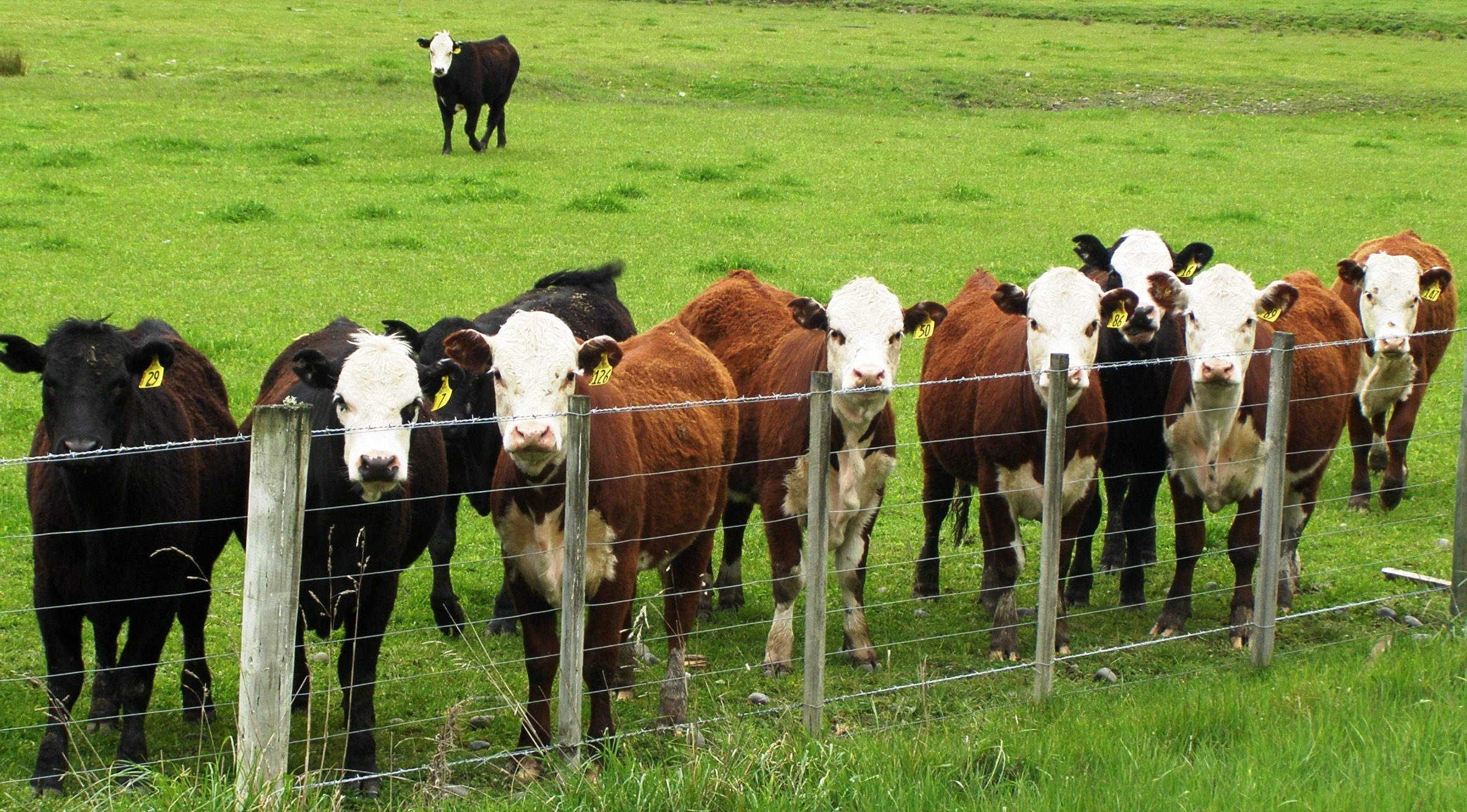The cattle market has reached new highs repeatedly this month. We’ve known for years that the U.S. cattle herd has been steadily declining. It currently stands around 89 million head, which is the lowest it’s been since 1952. This hasn’t mattered much as the decades long decline in US beef consumption has wilted domestic demand. Furthermore, the impact of modern animal husbandry techniques have significantly increased the final weight of the cattle that hit the
slaughterhouses, thus supplying the market with more total beef on fewer total animals killed. All of this bearish information begs the question, “Why are cattle prices so high and where do we go from here?”
The answer for us here in the US is both political as well as structural. Japan was the number one export market for US beef prior to the mad cow scare of 2003 when they halted US imports. They eased their policy in 2006 limiting imports to cattle under 20 months old. The 20-month barrier was a big sticking point for US producers who won’t even consider anything less than 16 months as ready for the feedlot. The feedlots are where cattle go to get fattened up prior to
processing and can nearly double their weight in a few months. Japan eased their restrictions back to cattle younger than 30 months and this has made all of the difference in the world to US packers who’ve seen Japan jump back to their pre-ban highs.
The story transcends the rising sun as exports across Asia have boomed and China’s growing industrialized middle class are able to afford red meat. Simple survival priorities allow us to recognize the change in tastes as they shift from eating what they could find as a rural population versus their newfound ability to eat a better diet higher in protein and fueled by choice rather than necessity. The Chinese trend is not only expected to continue, it is expected
to accelerate by 10% PER YEAR over EACH of the next five years. China’s purchase of Smithfield meats in September for nearly $5 billion Dollars is no joke. Chinese beef imports through this year are 600% higher than last year.
The primary reason for the surge in beef exports to China in 2013 compared to 2012 is based on the same weather issues we saw here two years ago. Cattle become increasingly more expensive to keep as feed prices climb. Farmers are forced to make the decision of continuing to feed the herd or, sell them to the packers. This is the odd contradiction of short-term cattle prices. Droughts force extra cattle onto the market when crop prices spike rather than seeing their ending price increase proportionately with climbing input costs.
The packers are well aware of this and wait patiently for farmers to panic before the packers start to buy. This passes the excess supply off at a lower price to the processors and grocers who now have more beef to move.
Now, it’s time to pay the piper. Feed costs are exceptionally low. Wheat traded up to nearly $19 per bushel in 2008 and corn hit nearly $8 per bushel. They are now trading at $5.75 and $4.25 respectively. These prices allow the farmers and the feeders to hold back cattle and regenerate the herd at input prices many thought they’d never see again. The combination of low domestic feed costs and
strong global demand is going to force the US consumer to consider alternate affordable protein sources. This picture is really playing out in the specialty and premium cuts which continue to be sent overseas and leaves the US packers now paying up for the cattle fattening up on the farms.
There are two cattle contracts traded at the Chicago
Mercantile Exchange, live cattle and feeder cattle. The spread between these two contracts is the one sector of the cattle market hat hasn’t made all-time highs, yet. The action in this spread may also be pointing towards added supply through growing the herd. The live cattle contract is based on the cattle coming out of the feedlots. The cattle production cycle typically sends cattle to feed lots for, “finishing” before being sent to slaughter or, “processing”
in today’s politically, correct terminology. This is where the feed additives come into play and the final pounds are added on.
Feeder cattle, on the other hand are animals that stay on the farm where they are fed or grazed in a normal fashion. Many times, these the cows held back for breeding. The issue facing the cattle industry now is cheap feed. Gorgeous weather and cheap feed prices are contributing to the low cost of ownership of these animals that have been held back and the spread in price between the live cattle and feeder cattle is the widest it has been since the record that’s been in place since May of 2012.
The interesting point to make on the trade can be seen in the commercial traders’ actions in their respective markets. Commercial live cattle traders are still net buyers at these prices while commercial feeder cattle traders have become sellers. This suggests that we may be nearing the blow off in the cattle market, as commercial live cattle traders appear to be covering their short hedges in the futures market rather than making delivery. Furthermore, commercial feeder cattle traders’ forward sales suggests that they fully plan on capturing these prices while they last with every expectation of
delivering these animals to the feedlots at the inflated prices at which they sold them forward.





